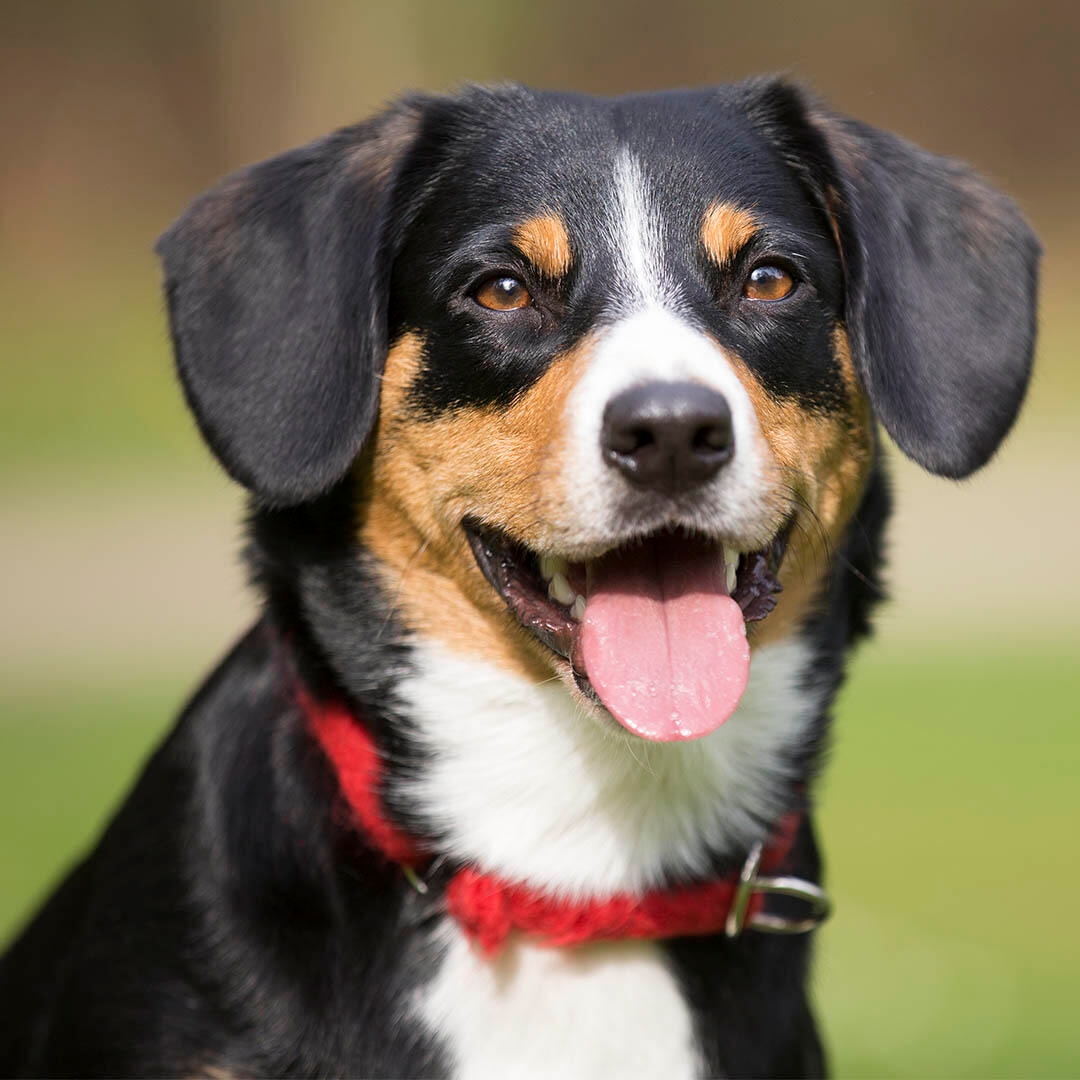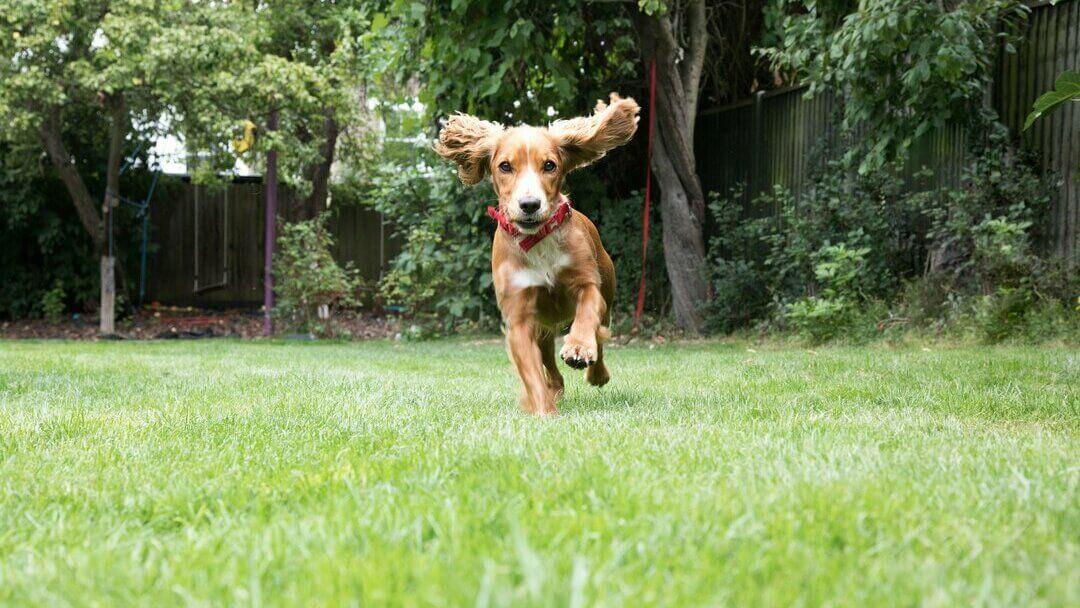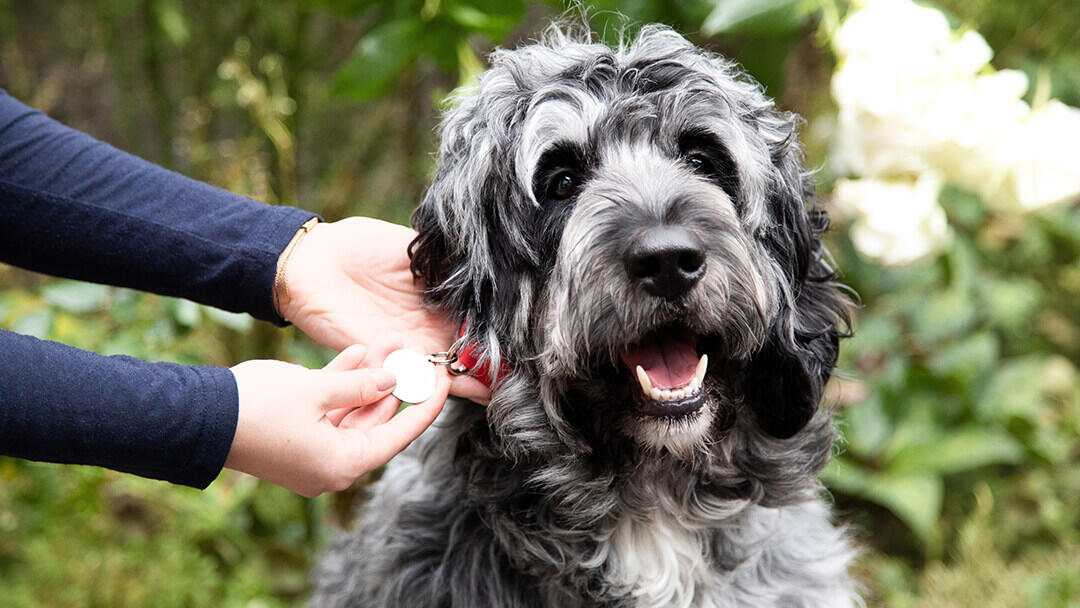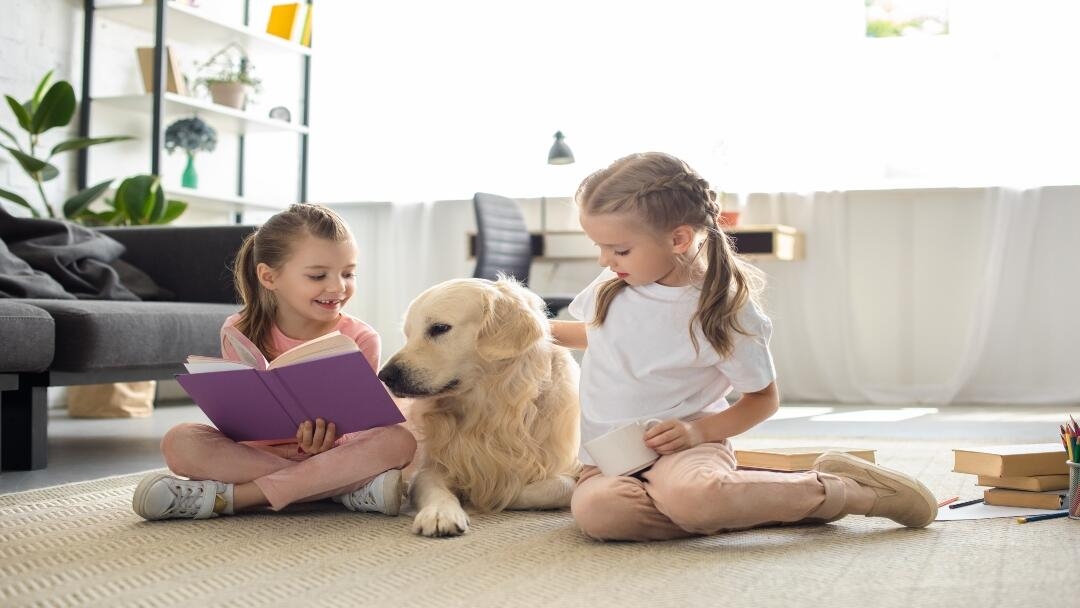The Entlebucher Mountain Dog is the smallest of the four Swiss Mountain dog breeds, and whilst they are considered a medium dog due to their height, they are in reality a robust and fairly large breed on slightly short legs.
Bred to drive cattle down from mountain pastures, fulfil a general farm dog role and pull milk carts, the Entlebucher is an adaptable and versatile working breed.
The true origins of the Entlebucher and indeed the other three Swiss Mountain Dog breeds, are unclear. It is likely given that all four breeds are robust, fairly heavily built dogs with large heads and strong chests, that they have some mastiff ancestry. As working dogs were, until relatively recently, bred according to working ability rather than appearance alone, it is possible other useful herding, driving and farm dogs were used to create these breeds.
The Entlebucher Mountain Dog has certainly been around a long time, possibly before the Roman Empire. By the late 1800’s, all the Swiss herding mountain dogs were becoming rare. A Professor Albert Heim set out to save them, and the smaller Entlebucher, as a more economic to keep and feed was the least in danger of dying out. First recognised in Switzerland as a breed in their own right in 1913, they were still limited to Switzerland and Germany. Imported to Canada in the 1980’s and then into the US, they have finally made it onto the UK Kennel Clubs Import Register and will hopefully be full members of the Working Group in due course.
















